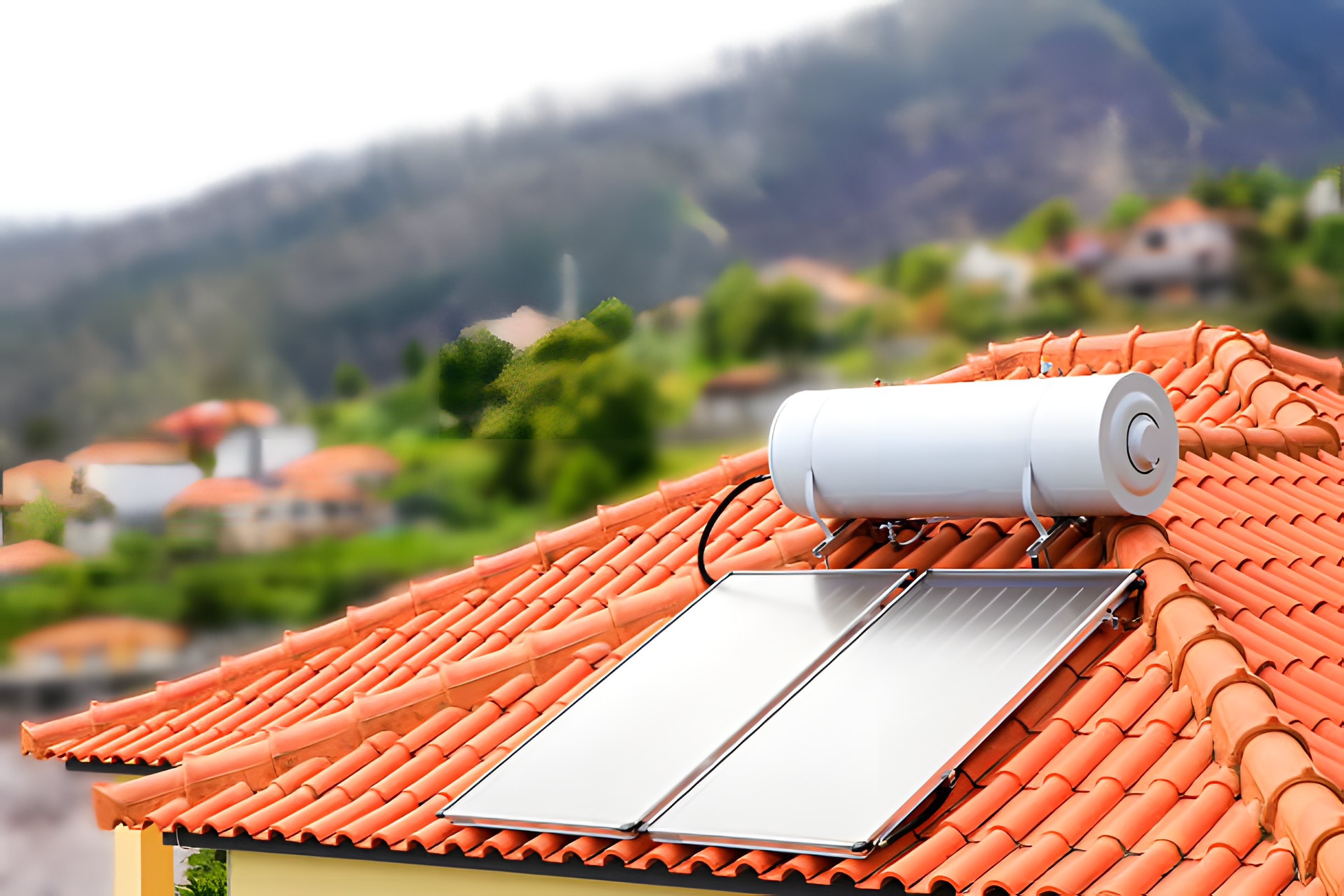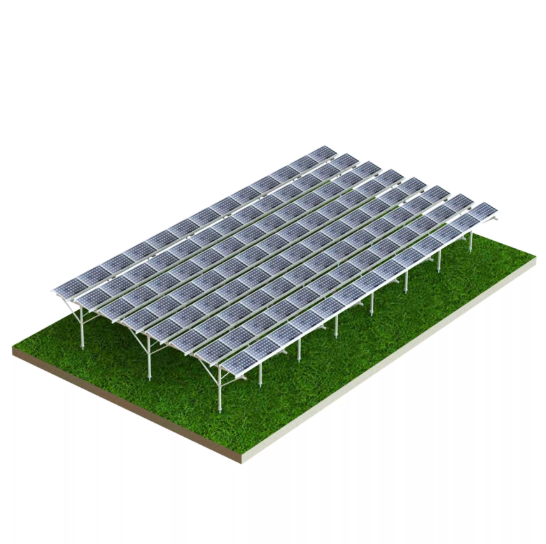


Views: 0 Author: Site Editor Publish Time: 2025-07-25 Origin: Site








Have you ever wondered what the actual size of a solar panel is? As the world shifts towards renewable energy, many homeowners and businesses are considering installing solar panels to harness the power of the sun. However, understanding the dimensions of solar panels is crucial in making an informed decision. Solar panels come in various sizes, and selecting the right one for your installation can significantly impact your energy output and system efficiency.
In this article, we'll discuss the typical dimensions of solar panels, including both residential and commercial options. We will explore the factors that affect panel size, the relationship between panel size and power output, and how to choose the right solar panel for your needs. Additionally, we will provide insights into the latest trends in solar technology, highlighting the key considerations for selecting the right solar panel for your property.
Solar panels, also known as photovoltaic (PV) modules, are devices that convert sunlight into electricity. They consist of multiple solar cells made from semiconductor materials like silicon. These cells absorb sunlight and generate electricity through the photovoltaic effect. Solar panels come in various sizes and configurations depending on the brand, application, and efficiency requirements.
Residential solar panels are the most common type used in home solar systems. These panels typically measure around 5.5 feet by 3 feet, with a weight ranging from 40 to 50 pounds. The standard residential solar panel usually contains 60 solar cells, though some models may contain up to 72 cells. The size of these panels is designed to strike a balance between energy production and roof space requirements.
Length: 66 inches (5.5 feet)
Width: 39 inches (3.25 feet)
Depth: 1.5–2 inches
Weight: 40–50 pounds
These dimensions are designed to provide a compact yet efficient solution for generating solar power in residential settings. Solar panel manufacturers like Haina Solar offer various options that cater to different roof sizes and energy demands.
Commercial solar panels are generally larger than their residential counterparts due to the increased energy requirements of businesses. These panels typically measure 6.5 feet by 3 feet, with a weight of around 50 pounds or more. Commercial panels often contain more solar cells, ranging from 72 to 96 cells, allowing them to generate more power.
Length: 78 inches (6.5 feet)
Width: 39 inches (3.25 feet)
Depth: 1.5–2 inches
Weight: 50+ pounds
Commercial solar panels are ideal for larger rooftop spaces, and their larger size allows businesses to generate more electricity per panel. When selecting commercial solar panels, it's important to consider the available roof space and the power output requirements of the business.

Several factors influence the size of solar panels. These include the number of solar cells, the type of solar cells used, the technology behind the panel, and the wattage output. Understanding these factors can help you select the most suitable panel size for your energy needs.
The number of solar cells in a panel directly impacts its size. Residential panels typically contain 60 cells, while commercial panels can contain 72 or more cells. As the number of cells increases, the panel's surface area also increases, making it larger. Each cell contributes to the panel's overall energy production, so the more cells there are, the higher the output.
The type of solar cells used in a panel can also affect its dimensions. There are two main types of solar cells: monocrystalline and polycrystalline. Monocrystalline cells are made from a single silicon crystal, making them more efficient but also slightly more compact. Polycrystalline cells are made from multiple silicon fragments, and while they are less efficient, they tend to be larger.
Monocrystalline panels are often preferred for residential installations due to their higher efficiency, which means fewer panels are required to meet energy needs. Polycrystalline panels, on the other hand, are often used in commercial installations where space is less of a concern.
Wattage is another important factor in determining solar panel size. Higher-wattage panels are typically larger in size because they contain more solar cells or higher-efficiency cells that can produce more power. However, efficiency also plays a significant role in the size of the panel. High-efficiency panels are designed to generate more electricity from the same amount of sunlight, allowing them to be more compact while maintaining high power output.
For instance, high-efficiency panels such as those from Haina Solar can generate more electricity with fewer panels, reducing the overall footprint of the system.
While solar panel size does influence the power output, there are other factors to consider, such as efficiency and technology. Generally, larger panels generate more electricity, but this isn't always the case. High-efficiency panels can generate the same amount of power as larger panels but require less space.
For example, Haina Solar offers panels that provide excellent power output while maintaining a manageable size, making them suitable for both residential and commercial applications.
The power output of solar panels typically ranges between 300 watts and 500 watts for residential and commercial systems. Here’s a quick breakdown of the typical power output based on panel size:
Residential Panels (60-cell): 350 to 400 watts
Commercial Panels (72-cell): 400 to 460 watts
High-efficiency Panels: 450 to 500 watts
This range shows that larger panels generally offer higher power output, but newer technologies and higher-efficiency cells are making it possible to achieve greater output in smaller panels.
Another factor that affects solar panel size is bifacial technology. Bifacial solar panels can generate power from both the front and back of the panel, capturing reflected sunlight from the ground or surrounding surfaces. These panels are slightly larger than traditional monofacial panels but can produce more energy, making them a good option for commercial installations or areas with high levels of reflected sunlight.
When selecting solar panels for your home or business, it’s important to consider several factors:
The amount of available roof space is one of the most important considerations when choosing solar panels. If you have a smaller roof, you may want to opt for higher-efficiency panels that can generate more power with fewer panels. On the other hand, if you have a larger roof, you might choose larger panels to maximize energy production.
Your energy consumption is a key factor in determining how many solar panels you’ll need. A typical residential solar system requires between 15 and 20 panels, while commercial systems may require 50 or more panels, depending on the energy needs of the business.
While larger panels can generate more power, they may also come with a higher price tag. It’s important to balance your energy needs with your budget. High-efficiency panels, like those offered by Haina Solar, provide a cost-effective solution by reducing the number of panels required.

The solar industry is rapidly evolving, with new technologies constantly improving panel efficiency and reducing the size of panels while increasing power output. One of the most exciting developments is the use of half-cut cells, which increase efficiency and allow for smaller panels with higher power output.
Another innovation is the use of perovskite solar cells, which promise even higher efficiency than traditional silicon cells, potentially changing the landscape of solar panel sizes and performance in the near future.
When choosing solar panels, size matters, but it's not the only factor. The efficiency, type of cells, and technology used in the panels also play crucial roles in determining the best fit for your needs. Whether you’re considering a residential or commercial solar system, understanding solar panel dimensions and how they relate to power output is key to making an informed decision.
At Haina Solar, we offer a variety of high-quality solar panels that are tailored to meet the needs of both residential and commercial properties, ensuring optimal performance and efficiency.
A: The average size of a residential solar panel is around 5.5 feet by 3 feet, with a weight ranging from 40 to 50 pounds.
A: Residential solar panels typically produce between 350 to 400 watts, while commercial panels can produce between 400 to 460 watts, depending on the size and technology.
A: To determine how many solar panels you need, you should consider your energy consumption and available roof space. A typical residential system requires between 15 and 20 panels.
A: Bifacial panels can generate more electricity by capturing sunlight from both sides, making them a good investment for areas with high sunlight reflection. However, they may be slightly more expensive than traditional panels.
A: Most roofs can support solar panels, but it’s important to ensure that your roof is structurally sound. If you're concerned about your roof's condition, it's best to consult a professional for a roof inspection.